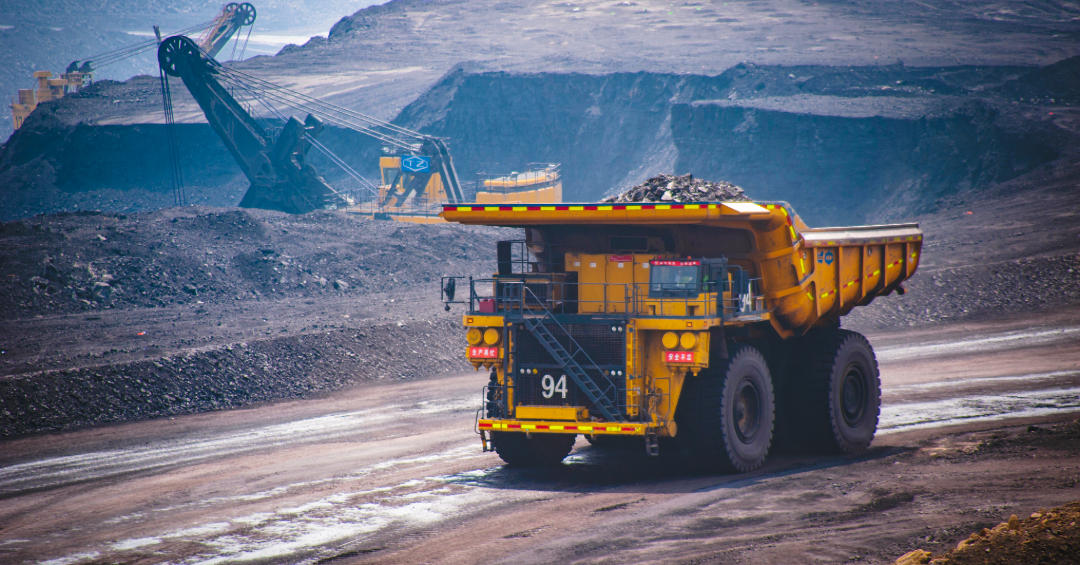Rare Earths Aren’t Rare—But Clean Hands Are

The U.S. just took a big swing in the fight for supply chain independence.
Through a $400 million investment, the Department of Defense became the largest shareholder in MP Materials, the only company mining rare earth elements in the United States. This isn’t just a stock buy. It’s a full-scale public-private partnership, complete with a new magnet processing facility, a price floor guarantee, and a 10-year commitment to buy 100% of the output.
It’s a big move—and I’m torn.
Let’s get something straight: rare earth elements aren’t actually rare. They’re found in abundance across the globe, including in the U.S. What’s rare is the willingness to refine them. That process is dirty, expensive, and environmentally destructive.
So how did China take control of this critical supply chain? Simple:
-
Price? Definitely.
-
Willingness to tolerate pollution? Absolutely.
-
Our refusal to refine domestically? That’s the key.
For decades, we let China handle the refining step because we didn’t want the mess. We told ourselves it wasn’t worth it—and that became true once China flooded the market and drove prices down to unsustainable levels for Western firms trying to follow environmental rules.
Ironically, up until this Pentagon deal, MP Materials’ largest customer and shareholder was Shenghe Resources, a Chinese firm directly tied to the very supply chain the U.S. is now trying to escape. At one point, 80% of MP’s revenue came from Shenghe. That fact alone shows just how entangled we’ve become with a geopolitical rival.
Now, the U.S. is stepping in—not just to invest, but to replace Shenghe’s influence and build a domestic rare earth supply chain we actually control.
But here’s the question no one seems eager to ask:
What happens to all the waste?
We can say we’ll do it cleaner than China—and we probably will. But this is still a messy business. Chemical byproducts. Heavy metals. Sludge. All of it has to go somewhere.
Here’s where the concrete industry might come in.
Just like fly ash and blast furnace slag found a second life in concrete, rare earth processing waste might become the next industrial byproduct we’re asked to stabilize or recycle. Best case, maybe we find a way to use it as a cementitious additive. Worst case? We’ll be the ones entombing it safely in concrete containment structures.
Either way, we’re going to own the waste now, and we need to start asking what that really means.
This isn’t just about magnets or market share. It’s about values, trade-offs, and accepting the costs that come with independence.
We gave up this industry because we wanted clean hands. Now we’re picking it back up—and we’re going to have to get them dirty again.
Sources:
-
MP Materials & DoD Deal: https://mpmaterials.com/news/mp-materials-announces-transformational-public-private-partnership-with-the-department-of-defense-to-accelerate-u-s-rare-earth-magnet-independence/
-
Doomberg, How It's Done: https://newsletter.doomberg.com/p/how-its-done
-
Washington Post: https://www.washingtonpost.com/business/2025/07/10/pentagon-rare-earths/










